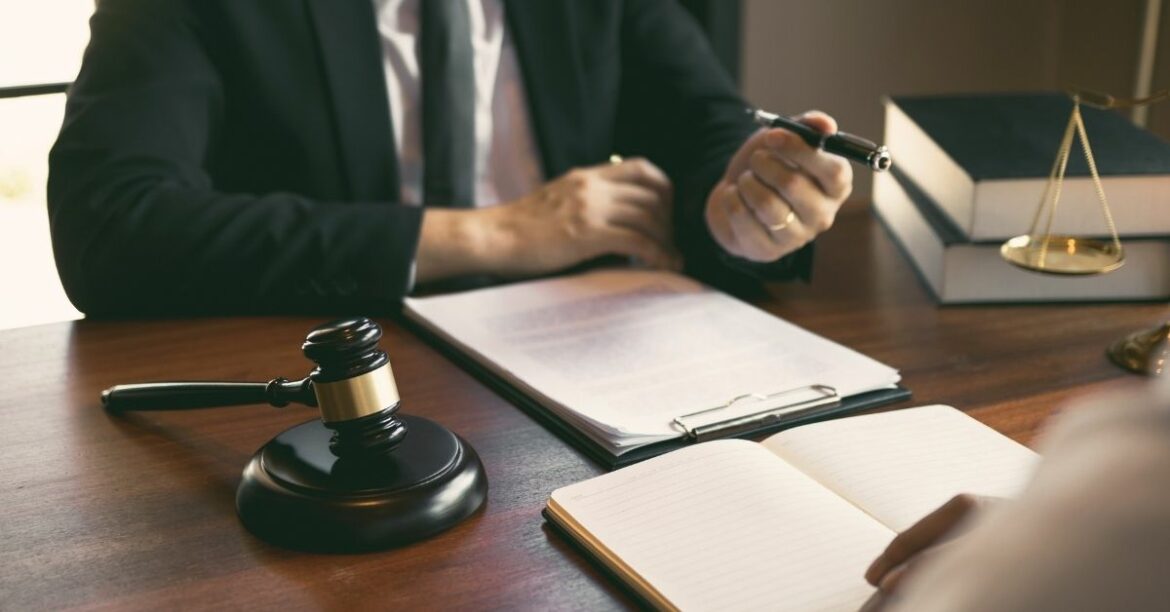How Bankruptcy Can Help You Get Back on Your Feet

Bankruptcy is a legal process that helps people get back on their feet financially. People can file for bankruptcy relief for a variety of reasons. The most common cause is excessive use of credit cards. However, unexpected events like loss of employment or medical bills can also cause financial disasters. It’s important to talk to a bankruptcy attorney to learn more about bankruptcy and how it can help you.
Bankruptcy is a legal process that enables you to wipe out most of your debt. You can choose to file under Chapter 11 or Chapter 13, depending on your circumstances. You can also file under Chapter 7. Bankruptcy will affect your credit in the future, so it’s important to know your options.
Bankruptcy laws protect struggling businesses and provide debt relief to consumers. Bankruptcy can also provide individuals with a new financial start by allowing them to discard their debts and make a repayment plan. The process starts with a petition filed in a bankruptcy court. The petition can be filed by a person, a couple, or a corporation. Bankruptcy cases are handled in federal courts under the U.S. Bankruptcy Code, and bankruptcy attorneys handle them.
Although bankruptcy has a negative reputation, it is still a viable option for those who can’t pay off their debts. By cutting down on unnecessary expenses, you can free up money to pay off your debts. Another way to pay off debts is to consolidate your loans and apply for a personal loan.
When you file for bankruptcy, your assets and wages can be realigned. In many cases, these assets will be wiped out. However, certain types of assets will remain protected. These include household items, tools of trade, and cars up to a certain value. The rest of your assets can be sold. Moreover, a third party may purchase an interest in protected assets. A trustee can also take possession of an asset.
Bankruptcy can have a negative impact on your credit score. Since you have a negative mark on your credit report, creditors will be reluctant to extend additional credit. This can lead to higher interest rates and less favorable terms. For this reason, it’s important to start rebuilding your credit history right after bankruptcy. Start by making your payments on time and avoiding bad habits.
Bankruptcy is a legal option, but it should only be considered when the alternative doesn’t work. If you have little or no assets, chapter 7 bankruptcy might be the right choice. A bankruptcy lawyer can offer you alternative options before you file for bankruptcy. If you don’t have a lot of assets, you may be able to reduce your expenses and income, sell your property, and reduce your monthly payments.
There are many sources of information about bankruptcy laws. The first English bankruptcy law, the Statute of Bankruptcy, was passed in 1542. There is also evidence that bankruptcy was practiced in East Asia, where the Yassa of Genghis Khan contained a death penalty for a bankrupt. However, modern insolvency legislation does not focus on eliminating insolvent entities, but instead focuses on restructuring their financial and organizational structure to allow them to continue operating.
How Bankruptcy Can Help You Get Back on Your Feet was first seen on Debt Worries
